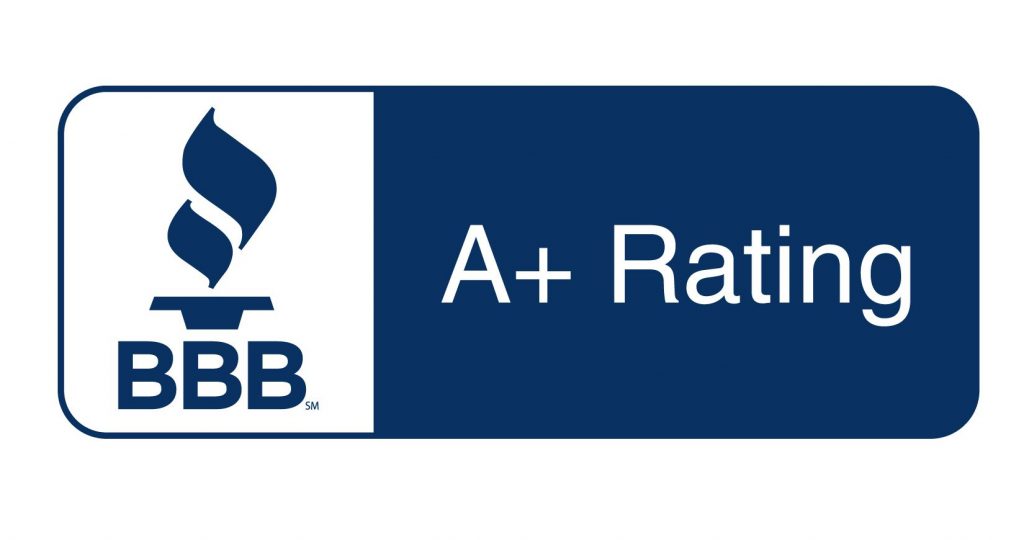
Things to Know
If you recently enrolled in Medicare, you should be aware of a few key things, like costs and ongoing coverage. Medicare coverage and costs are ultimately dependent on the type of plan (i.e. A, B, D, Advantage, etc) and usually correlate to coverage and costs the provider experiences for your care. Costs that usually fall on you, the recipient, are premiums, deductibles, copays, and/or other out-of-pocket costs. If a provider is faced with a change, like a change to the cost of services or prescriptions, they could change what’s covered under the plan or the prices they charge to recipients.
For example, you may experience a change to your drug costs and coverage because the prices may go up each year and your plan may cover the medications differently. It may result from the provider changing their prescription list (formulary) which classifies and categorizes prescription drugs and is used to determine coverage and cost. If this list changes, there could be changes to the person’s prescription coverage.
Depending on the plan, other costs could be based on the poverty guidelines, which also can change from year to year. Overall, Medicare has changed in many ways since it was created and there have been many new options added, which means that there could continue to be options or changes to existing options. There may also be gaps that Original Medicare doesn’t cover, however, that’s what Medigap (supplemental) insurance is for.
Participant Responsibilities
Various responsibilities could fall on the participant, depending on the circumstances and the plan or policy. If your situation changes, it’s your responsibility to take the appropriate actions to ensure your financial stability and well-being. Such actions may include changing Medicare plans, which can generally be done through open enrollment. This gives you the opportunity to shop around and make sure you’re getting the most for your Medicare dollar.
Other responsibilities involve how you approach your healthcare. For example, in situations where a change was made to prescription drug coverage, as discussed previously, a prescription drug could fall outside of what’s covered.
At this point, you may not be able to afford the drug anymore and might have to decide whether to work with their health care provider to find an alternative—or find a new plan and enroll when able. Overall, you should continue to stay informed, prepared, and aware of your options.



